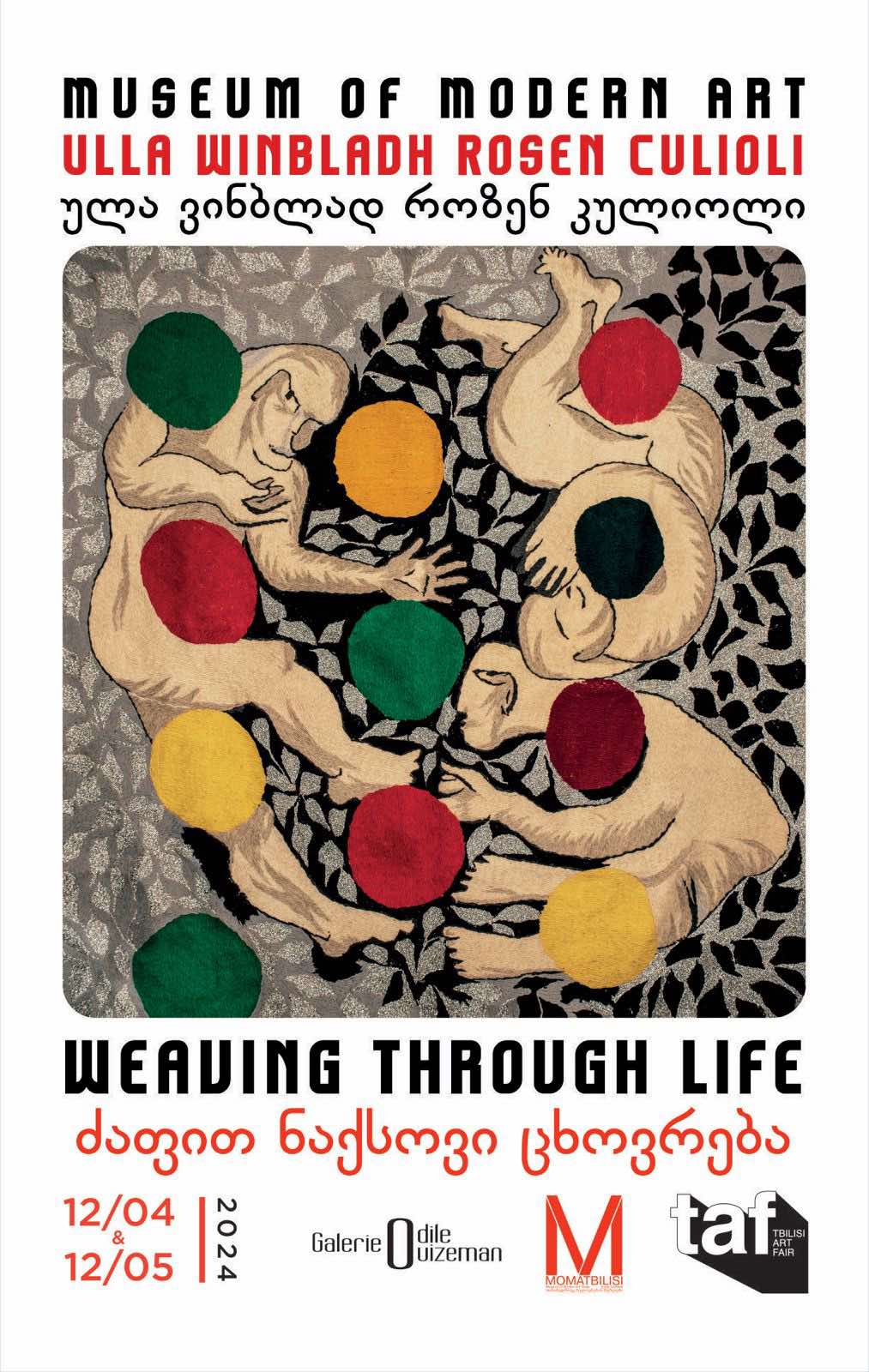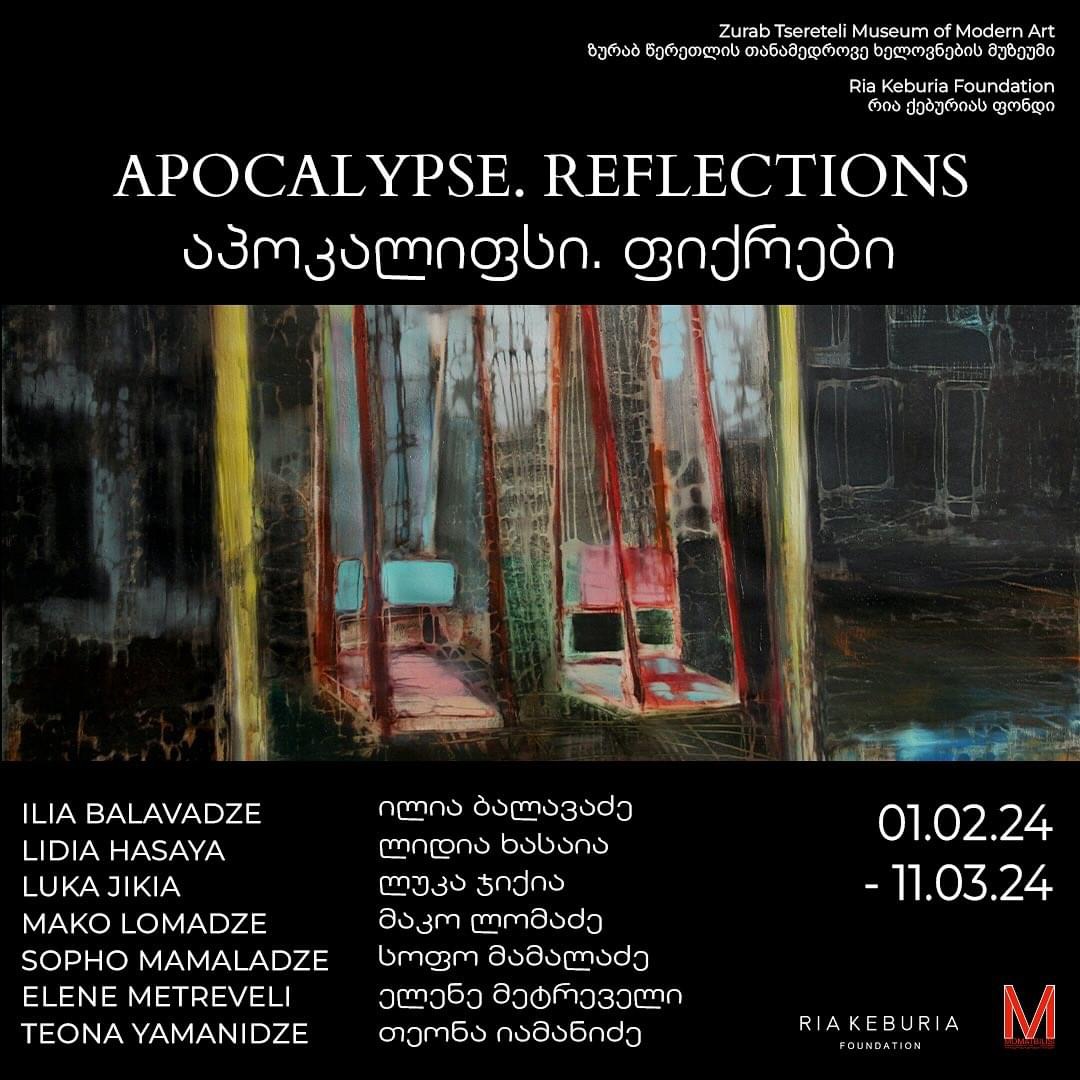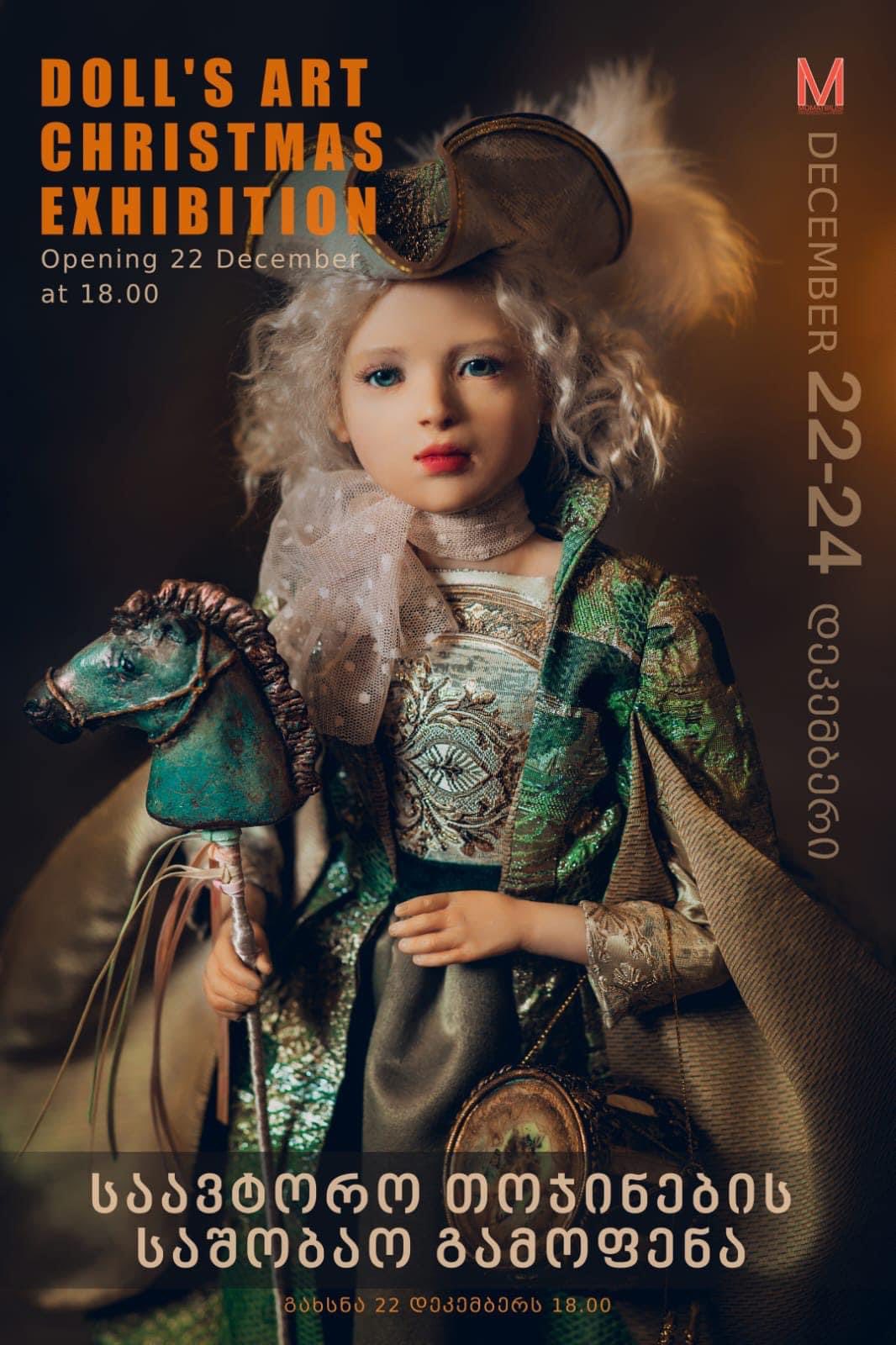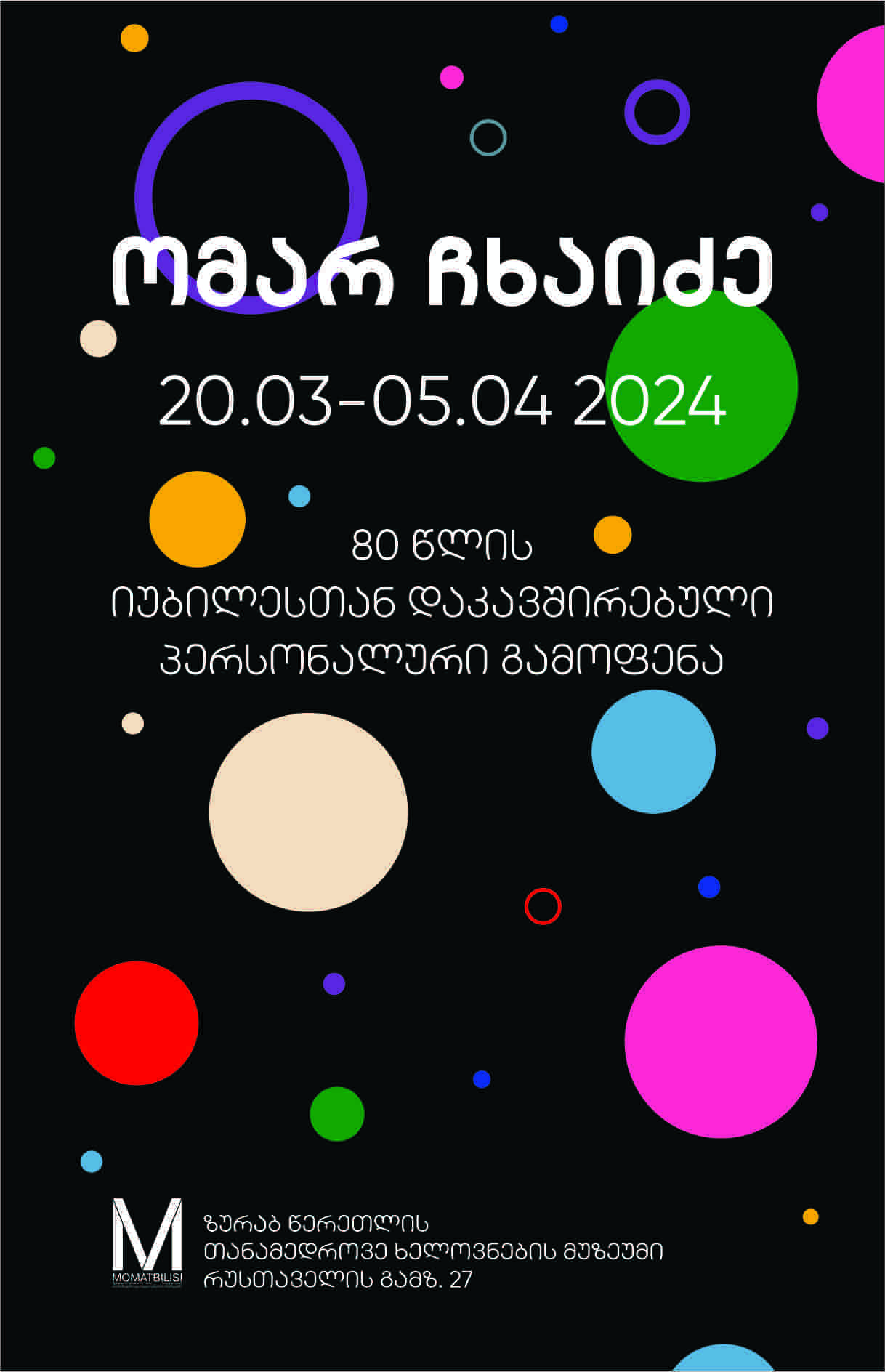
Ulla Winblad Rosen Couliol Weaving through life
One might align Ulla Rosen’s work with that of the New Penelopes, female artists who employ and subvert weaving to assert a potent and political artistic practice. However, Ulla Rosen’s oeuvre, born Winbladh, married to Culioli, has evolved over time with the discovery of mediums encountered on her journey.
Drawings, embroideries, paintings, collages, her artistic life was abundant, a constant in an extraordinary journey marked by commitment and pains reminiscent of the last century in which she was born.
Ulla was born in Stockholm in 1928 to a mo- ther who came from Ukraine in 1920. Confronted at a very young age with poverty and violence, her personality took shape by seeking refuge in reading and drawing, for she was eager to learn and aware that her salvation would come through education.
At the age of 15, she lied about her age and joined the Swedish Red Cross. In the Ravensbrück camps, she negotiated with the Nazis for the lives of women in exchange for trucks. Her commitment and political conscience shar- pened subsequently in a bipolar world, materializing in her critiques of American imperialism in her works.
It was in Corsica, her husband’s place of ori- gin, that she began an exceptional oeuvre in 1962, built around a wholly personal quest entirely free from formal artistic education but rich in knowledge.
Ulla Rosen invented her own pictorial lan- guage. To do so, she chose manufactured wool in threads more or less twisted – certainly the most common material in the sixties, inexpensive and avai-lable in various finishes – and natural wool roving.
Over time, the artist added to these golden thread and other threads, finer or coarser, which she used for highlights. She chose these fibers to play with diffe- rent textures, from smoothness to impasto, from matte to glossy. With her working protocol, Ulla Rosen deve- loped several themes and elaborated powerful theatri- cal compositions where different cultures intermingled.
She traversed from Greek mythology to Judeo-Christian, navigated Norse legends and spiritualities from the Indus to Asia, playing with both the tragic and the symbolic.
The poetry emanating from her work reveals a world where nature confronts human forms, frozen or impri- soned, questioning humanity’s maturity in the face of nature. Yggdrasil, the world tree, the sacred ash, the axis of the universe takes root and rises to the heavens.
Pegasus, the winged horse, meets the centaurs, those creatures enslaved by their animal passions. Pan, with his hairy torso and goat-like lower limbs, identi-fied by Stoic philosophers with the fertile and creativeUniverse, almost touches a sun whose radiance re- curs as elements of her plastic vocabulary. Her wor- ld is in bloom, and beings appear there in a transver- sality, a sustained vibration between earth and sky.
Pegasus, the winged horse, meets the centaurs, those creatures enslaved by their animal passions. Pan, with his hairy torso and goat-like lower limbs, identified by Stoic philosophers with the fertile andcreative Universe, almost touches a sun whose ra- diance recurs as elements of her plastic vocabulary. Her world is in bloom, and beings appear there in a trans- versality, a sustained vibration between earth and sky.
The work of this artist was never exhibited in her li- fetime. Only an intimate circle had access to it. Ulla Winbladh Rosen Culioli spent her summers embroi- dering her stories in her adopted land of Corsica.
This exhibition at the Museum of Modern Art in Tbilisi reveals a desire to share her work in a country known for its hospitality, cultural richness, and com- mitment to preserving and disseminating its heri- tage, notably through the tradition of polyphony. The common approach to singing, integrated into the daily life of villages in Corsica and Georgia, testifies to the ability of both peoples to preserve a distinct cultural identity while enriching themsel-ves with diverse influences throughout their history.
Ulla WRC found solace and inspiration in the intense nature of the Corsican mountains, and perhaps we now perceive in Georgia the vibrational echo of a visionary work.
This shared prescience among artists likely guided her in creating a life’s work woven with a manifest ecological fiber.

APOCALYPSE. REFLECTIONS
January

Doll's art christmas exhibition
December




